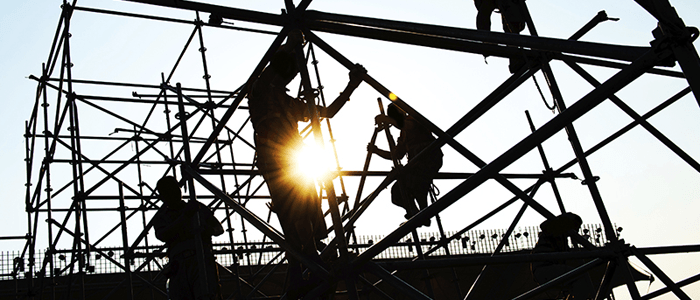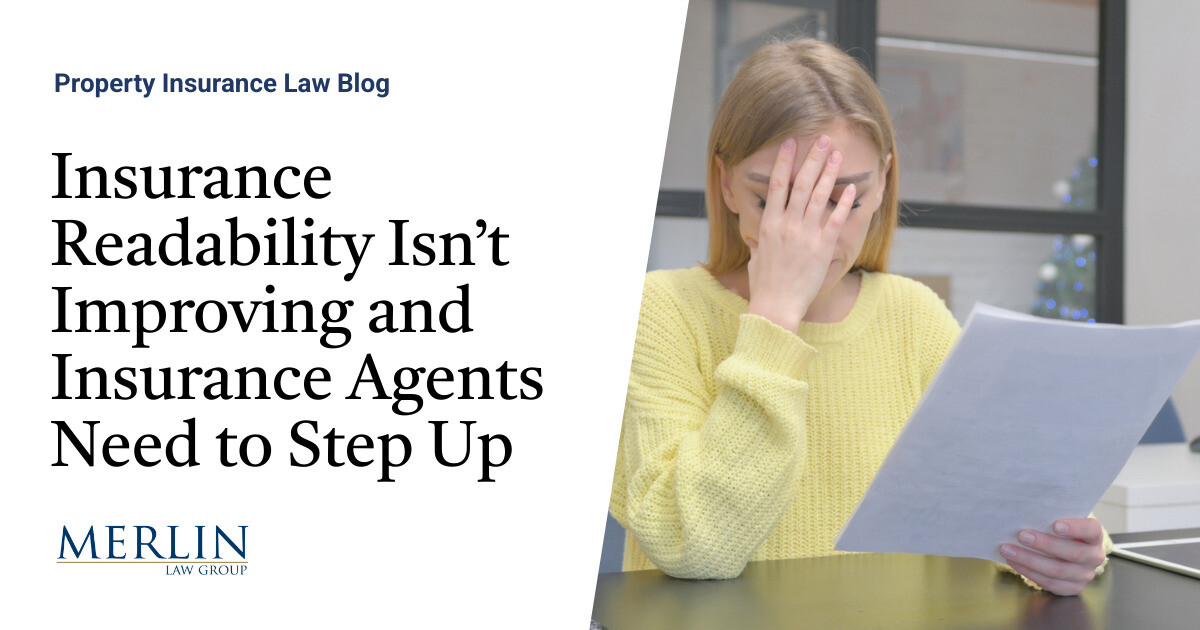
With falls being the leading cause of death in the construction industry each year, it is important to review construction site safety tips to ensure your employees are working safely .Even though workers aren’t likely to stop working at heights anytime soon, following property safety protocols can help decrease the number of fatalities each year.Find the right insurance solution for your business.
Newfoundland and Labrador and Ontario have already made safety training by an approved provider and protective equipment mandatory for all construction staff who work at heights of more than three meters.Even if the province or territory where your business operates doesn’t require employees to be trained, it’s most definitely worthwhile to implement additional safety measures and policies on your job site.After all, fall injuries decreased by 24% in the first 16 months after Newfoundland and Labrador implemented their safety laws.* Construction site safety tips Ladders Inspect each ladder before using it.
Unsafe ladders should be tagged and removed from site.Face the ladder while climbing and descending.Always keep three points (two hands and a foot or vice versa) on the ladder.
The top rung of the ladder is not a step.(Unless it was specifically designed to be one.) Only place ladders on stable, level surfaces not uneven ground, boxes or barrels.Make sure the top of your straight ladder extends at least three feet above the point of support when positioning it.
Check the locks on extension ladders before using them.Put barriers around the ladder if it’s in a high-traffic area.When considering the amount of weight a ladder can safely hold, don’t forget to factor in any tools or materials you happen to be holding while on it.
Scaffolding and other elevated platforms Make sure the scaffolding is safe before using it.The best ways to do this is leaving its assembly to trained people and have it regularly inspected by a qualified person, ideally a professional engineer.Never exceed the load capacity of the platforms with equipment, material or workers.
There should be at least two guardrails (three if you count the toe board) on each side of the platform.Removing them temporarily to load large materials is fine; just make sure to reinstall them as soon as you’re able.Personal protective equipment (PPE) must be worn on scaffolds.
This includes standard head and foot protection plus a harness when necessary.Any harnessed workers who fall off the platform should be returned to a safe, stable surface and unhooked as soon as possible.Dangling from a harness may cut off circulation and become life threatening after ten minutes.
Keep the scaffolds free of any tools and materials that aren’t being used, there isn’t a lot of space up there to begin with.Block off the ground below the scaffold to protect passersby, especially when working with material and items that may fall off.Step up safety
Publisher: TruShield Insurance








